
View of the 'Ashmolean Story' Gallery, lower ground floor of the Ashmolean Museum
Thing Twelve, 2024

Installation view (detail): The Flood, Ashmolean Museum, 2024/25. Collaboration with David Robinson: Fungi Island, 2024, Shemeji, plywood, acrylic paint, gold-leaf, glue; Dimensions variable © David Robinson & Bettina von Zwehl

Installation View (Detail); The Flood, Ashmolean Museum, 2024/25.

Tallulah and Jasmin, Victoria & Albert Museum, 2015

Installation View (Detail); The Flood, Ashmolean Museum, 2024/25. Fungi Island, 2024, Shemeji, plywood, acrylic paint, gold-leaf, glue; Dimensions variable © David Robinson & Bettina von Zwehl

Installation View (Detail), Exhibition: The Flood, Gallery 8, Ashmolean Museum, 2024/25. Loan: Extinction Rebellion Arts Group, London © Goldfrog ESP Extinction symbol woodblock, Badge, 'REGENERATIVE CULTURE' (two seahorses), Badge, 'WE ARE NATURE' (three mushrooms)

Installation View (Detail); The Flood, Ashmolean Museum, 2024/25.
For my exhibition The Flood, I am reimagining the lost and dispersed zoological specimens that were once part of the Ashmolean's founding collections. Through this exploration, I aim to spark conversations around our complex relationships with animals, conservation, extinction, climate grief, and activism. As an artist working in collaboration with museums, I bring my vision, imagination, and personal history into the dialogue. My practice is intuitive, challenging the expectations and display conventions of the institution. In contrast to traditional museum practices, I strive to create an experience where objects are not confined by labels, but are instead seen in a new, unfamiliar light. It’s a space where things collide—sparking a sense of wonder and opening new pathways for interpretation. In engaging with museum spaces, especially with young audiences, I focus on creating a nonlinear flow of questions, rather than linear narratives. Through these unexpected encounters, I seek to blur boundaries—across categories, cultures, and time—merging science and art with the unknown. It’s about strategically mixing objects and ideas to generate fresh conversations between historical artifacts and contemporary concerns. My time at the Ashmolean has deepened my appreciation for the power of Wunderkammer (or 'cabinet of wonders') display strategies, which I incorporate into my own work. Through close collaboration with curators and technicians and other artist, I’ve adapted this radical historical model to create an installation that is both associative and interdisciplinary—encouraging viewers to connect dots in unexpected ways. Museum objects have their own energy and stories to tell. Unlocking this potential requires time, patience, and a willingness to explore the undefined space between them. I feel a deep responsibility to amplify voices and stories that have been silenced or overlooked, challenging the conventional narratives and ensuring that the dust does not settle around the stories we’ve been told.
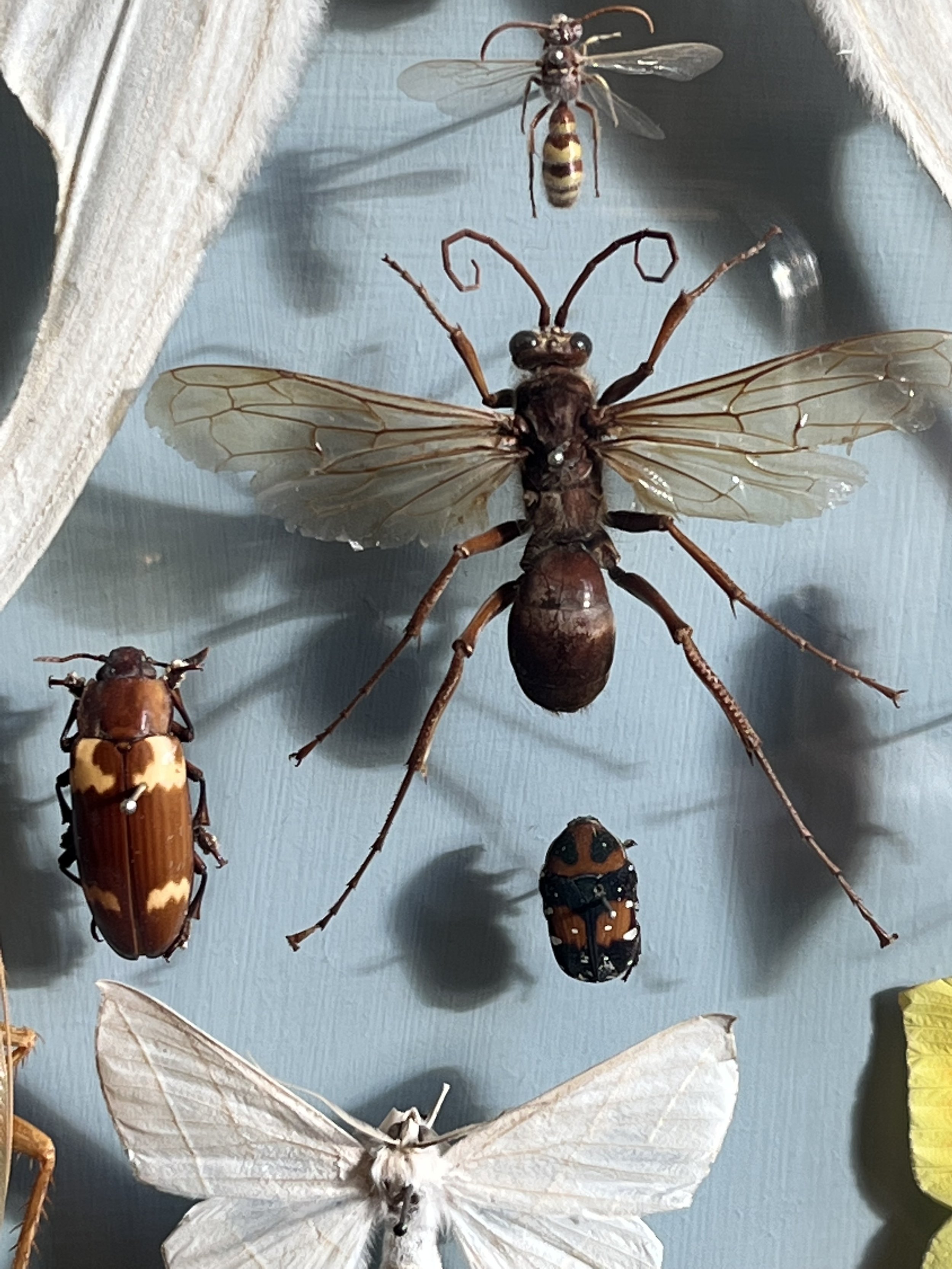
Research: Oxford University Museum of Natural History, Entomology display, 2023
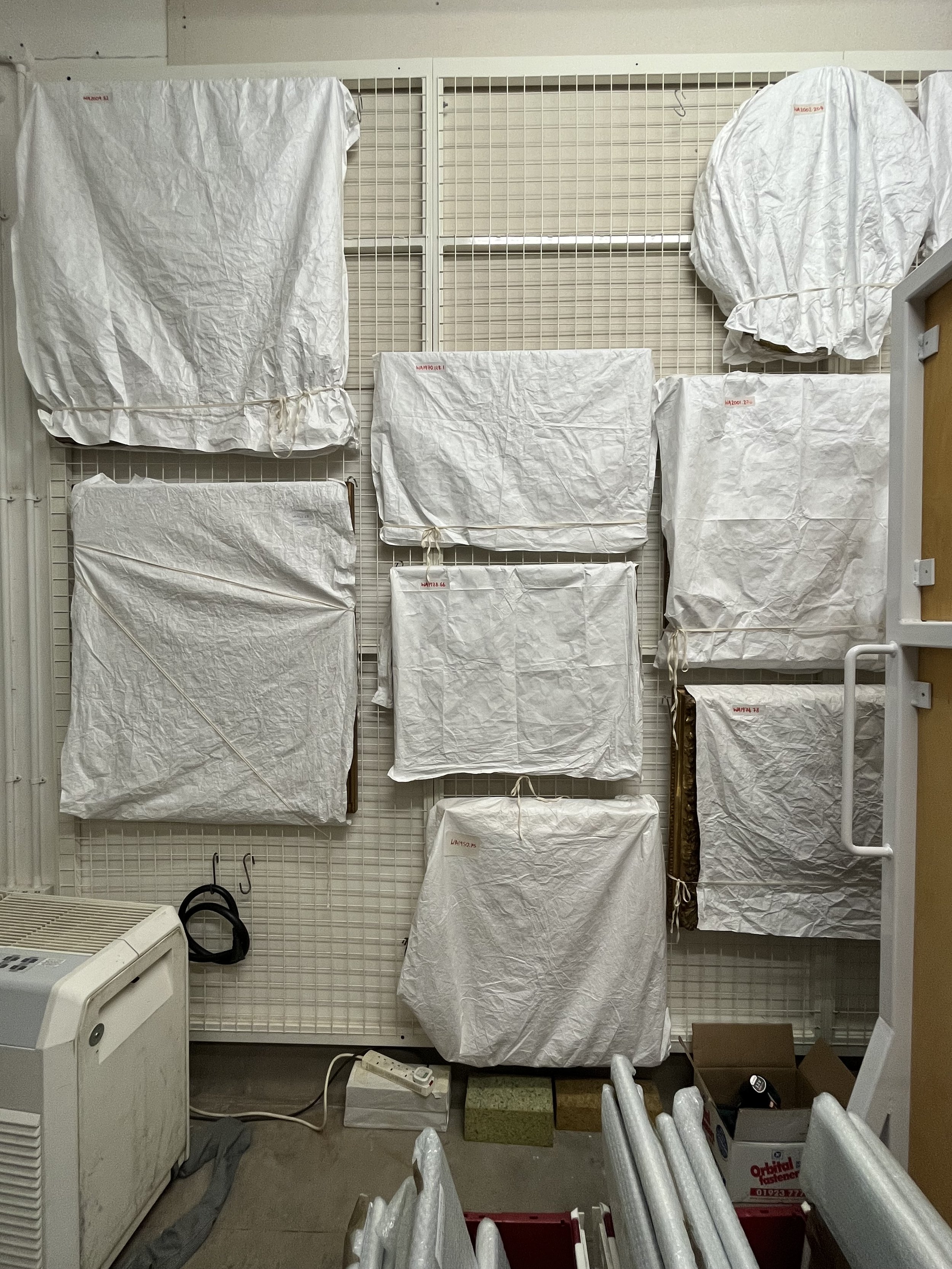
Research: Ashmolean Museum of Art and Archeology, Storage Area, 2023

Studio - work in progress, Fungi Island, Collaboration with David Robinson, 2024

Feather (Test Strip II) 2023

Research: Oxford University Museum of Natural History, Zoology Collections, 2023
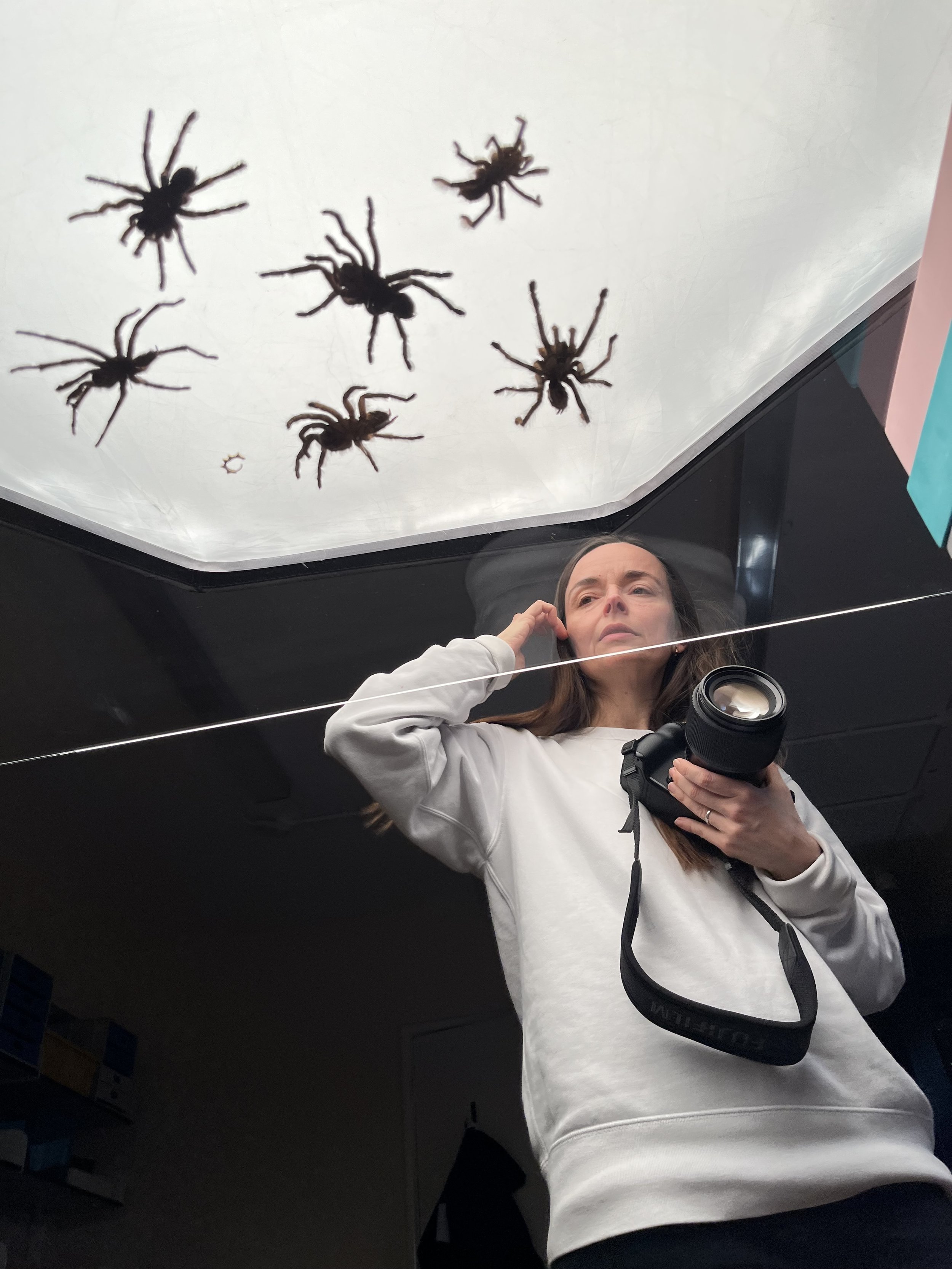
Work in progress: Oxford University Museum of Natural History, Zoology Collections, 2023

Spider (Unknown sp.). © Lauren Holden. Wellcome Collection.

Feather (Test Strip V) 2023,

Research: Oxford University Museum of Natural History, Huxley Room, Entomology collections, 2023

Attributed to Pieter Holsteyn II (c.1614-73/83) Studies of a Blue Beetle and Insects, c.1650-60 © The Metropolitan Museum of Art, New York

Installation View (Detail); The Flood, Ashmolean Museum, 2024/25. Aspalathus Linearis (double), 2024. Sea of Troubles series

Thing One, 2023
![German Shew Stones [Sehsteine] (to communicate with spirits), 2024
Stones, acrylic eyelashes, glue. © Bettina von Zwehl](https://images.squarespace-cdn.com/content/v1/66804116cd9d9a2db483f360/8658b45c-724d-4c32-b736-88c7beb227b8/IMG_4708.JPG)
German Shew Stones [Sehsteine] (to communicate with spirits), 2024 Stones, acrylic eyelashes, glue. © Bettina von Zwehl

Installation View (Detail), Exhibition: The Flood, Gallery 8, Ashmolean Museum, 2024/25.

Installation View (Detail); The Flood, Ashmolean Museum, 2024/25.

Thing Fourteen, 2024
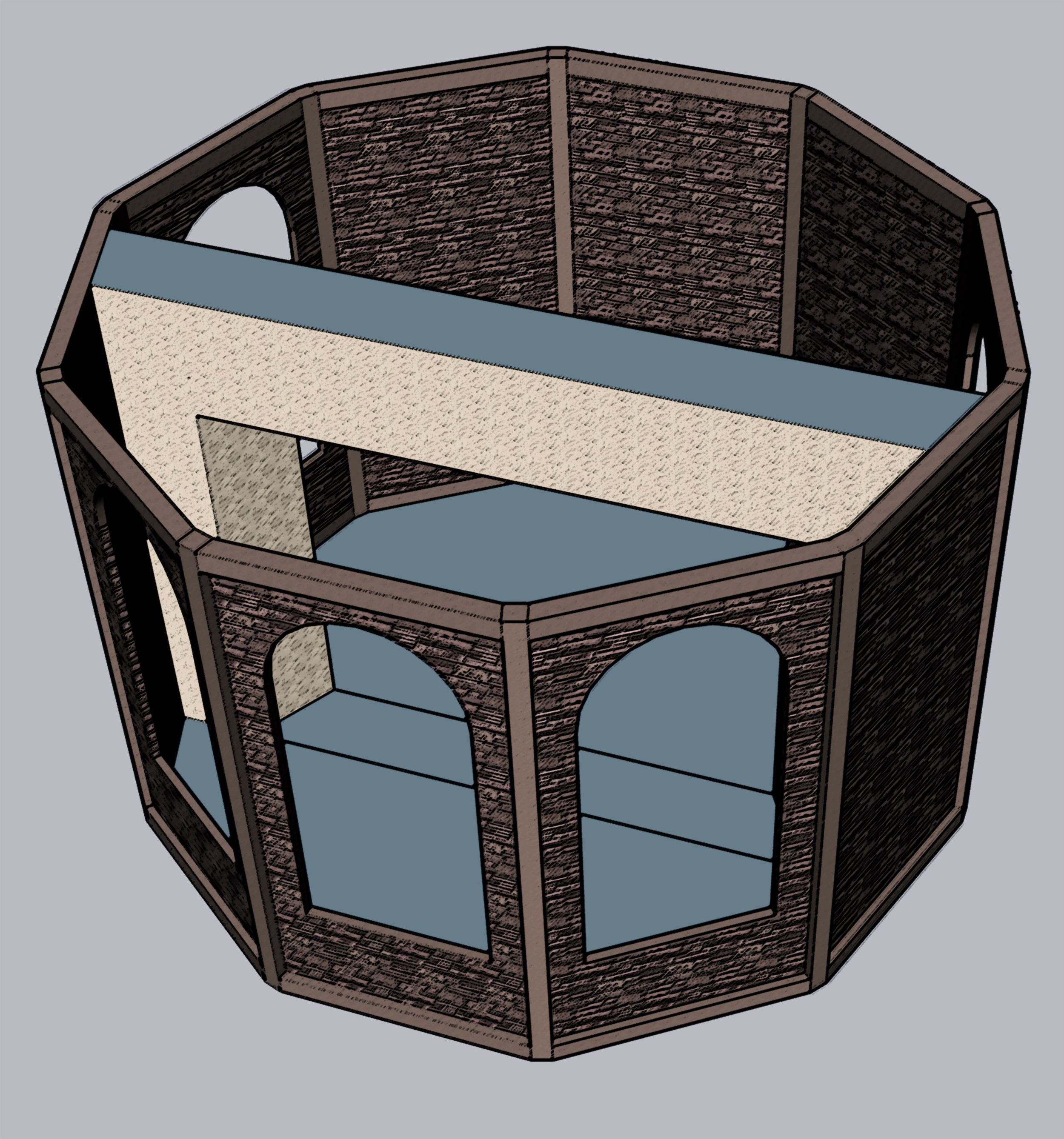
In progress drawing for Remember Me. Remember Me!, 2024, 1:25 scale model box (wood, card, acrylic paint; set elements (glass, photographic print, sand, brass); 65 x 62 x 40 cm Robert Innes Hopkins and Bettina von Zwehl. Text by Sophy Rickett © Robert Innes Hopkins and Bettina von Zwehl. Courtesy the artists.

Remember Me. Remember Me!, 2024, 1:25 scale model box (wood, card, acrylic paint; set elements (glass, photographic print, sand, brass); 65 x 62 x 40 cm Robert Innes Hopkins and Bettina von Zwehl. Text by Sophy Rickett © Robert Innes Hopkins and Bettina von Zwehl. Courtesy the artists.

Detail: Remember Me. Remember Me!, 2024, 1:25 scale model box (wood, card, acrylic paint; set elements (glass, photographic print, sand, brass); 65 x 62 x 40 cm Robert Innes Hopkins and Bettina von Zwehl. Text by Sophy Rickett © Robert Innes Hopkins and Bettina von Zwehl. Courtesy the artists.
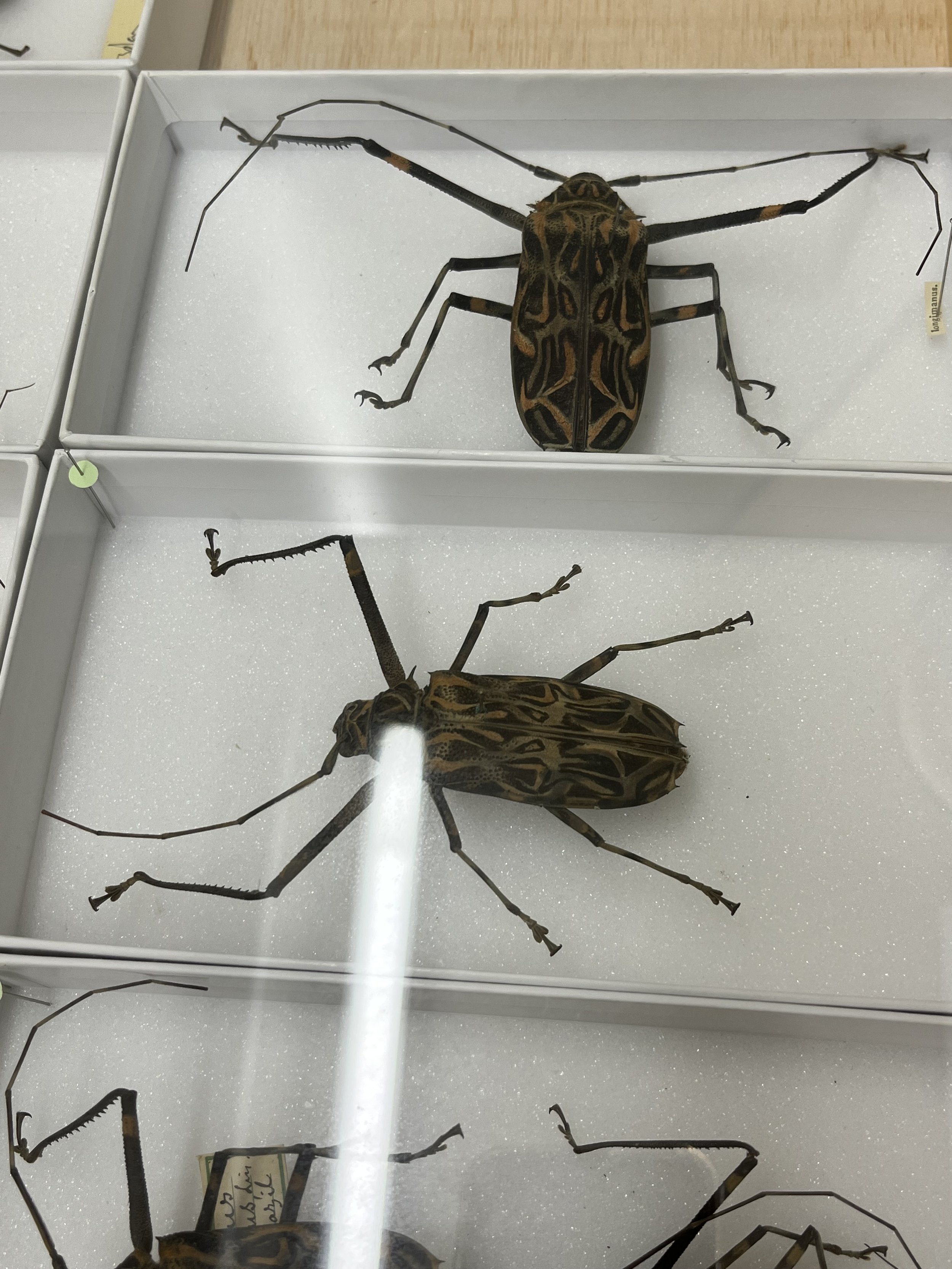
Research: Oxford University Museum of Natural History, Entomology collections, 2023

Remember Me. Remember Me!, 2024, 1:25 scale model box (wood, card, acrylic paint; set elements (glass, photographic print, sand, brass); 65 x 62 x 40 cm Robert Innes Hopkins and Bettina von Zwehl. Text by Sophy Rickett © Robert Innes Hopkins and Bettina von Zwehl. Courtesy the artists.

Detail: Remember Me. Remember Me!, 2024, 1:25 scale model box (wood, card, acrylic paint; set elements (glass, photographic print, sand, brass); 65 x 62 x 40 cm Robert Innes Hopkins and Bettina von Zwehl. Text by Sophy Rickett © Robert Innes Hopkins and Bettina von Zwehl. Courtesy the artists.

Installation View (Detail), Exhibition: The Flood, Gallery 8, Ashmolean Museum, 2024/25
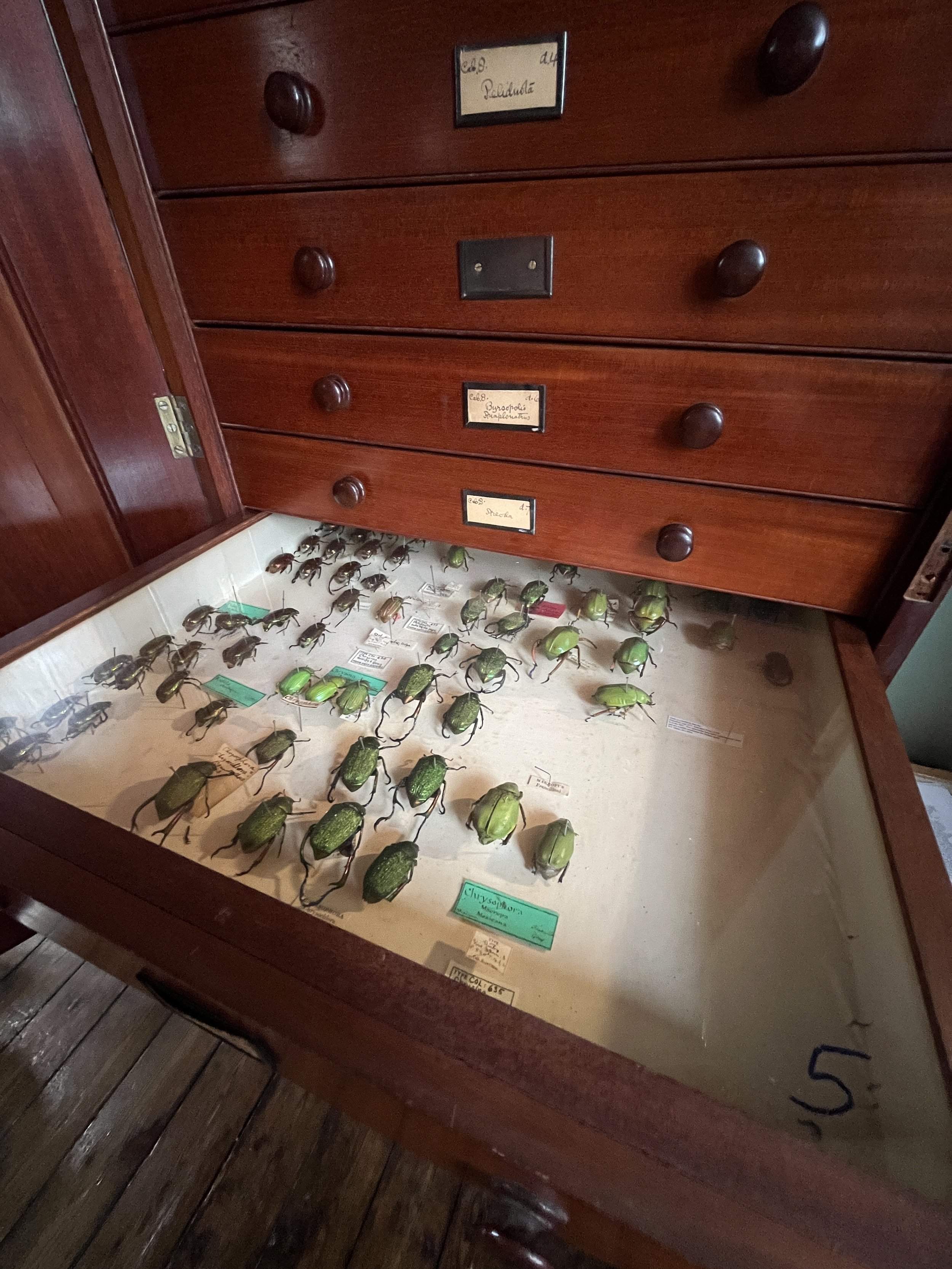
Research: Oxford University Museum of Natural History, Entomology collections, 2023

Ivory Memento Mori pendant with a dead man's face and a decaying skull with worms and other creatures. c. 1510-30. Elephant-ivory, silver; carved, 6.5cm. © Ashmolean Museum, University of Oxford WA2013.1.30

Musaeum Tradescantianum, or, A collection of rarities preserved at South-Lambeth near London, 1656. Catalogue (detail) of a collection made by John Tradescant and his son (also named John) and left by the latter to Elias Ashmole, who presented it to Oxford University in 1683, where it formed the nucleus of the old Ashmolean Museum.

Research: Oxford University Museum of Natural History, Spirit collections, 2023

Installation View (Detail), Exhibition: The Flood, Gallery 8, Ashmolean Museum, 2024/25

Installation View (Detail), Exhibition: The Flood, Gallery 8, Ashmolean Museum, 2024/25

Research: Oxford University Museum of Natural History, Entomology collections (label), 2023

Installation View (Detail); The Flood, Ashmolean Museum, 2024/25.
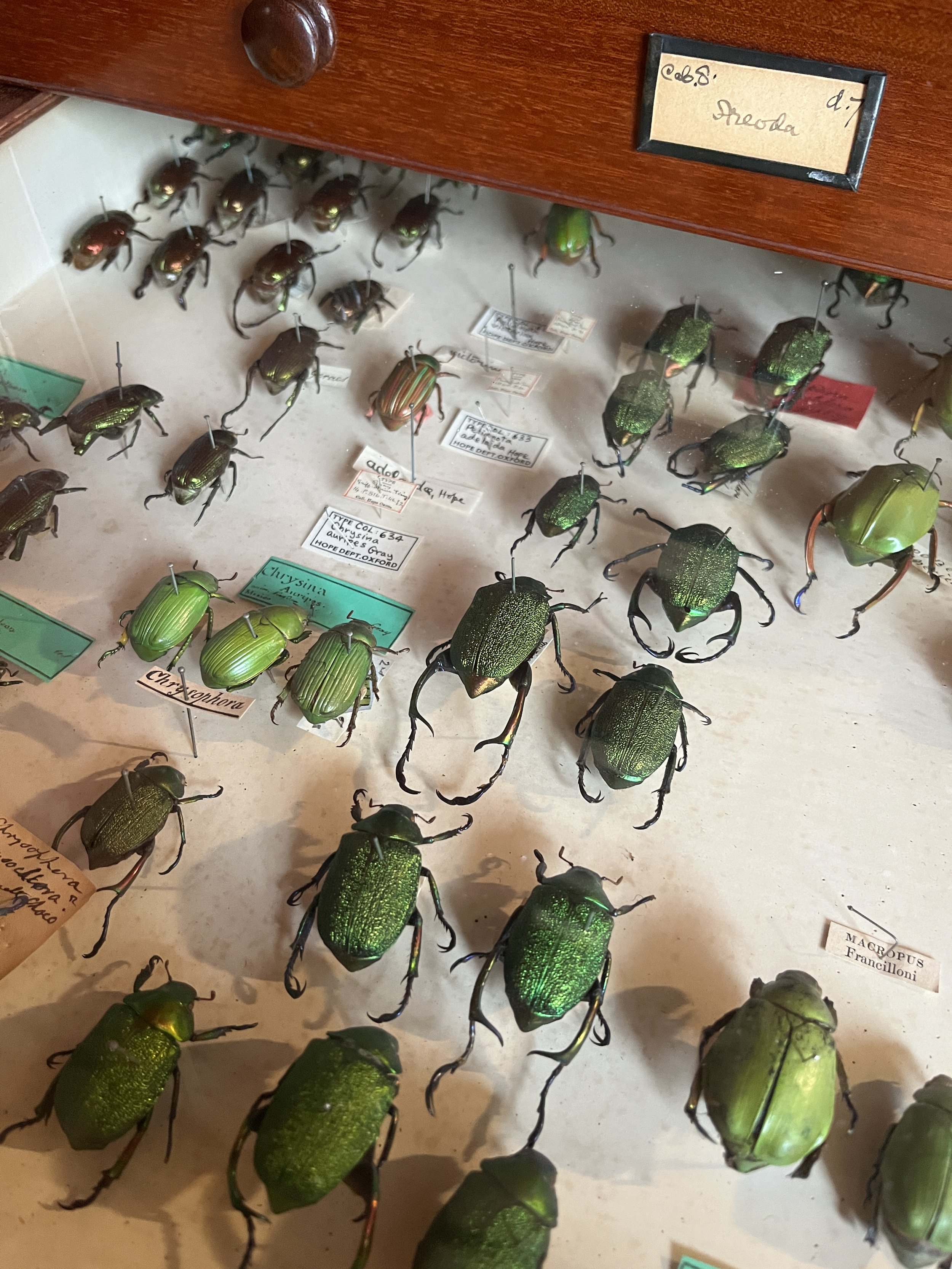
Research: Oxford University Museum of Natural History, Entomology collections, 2023
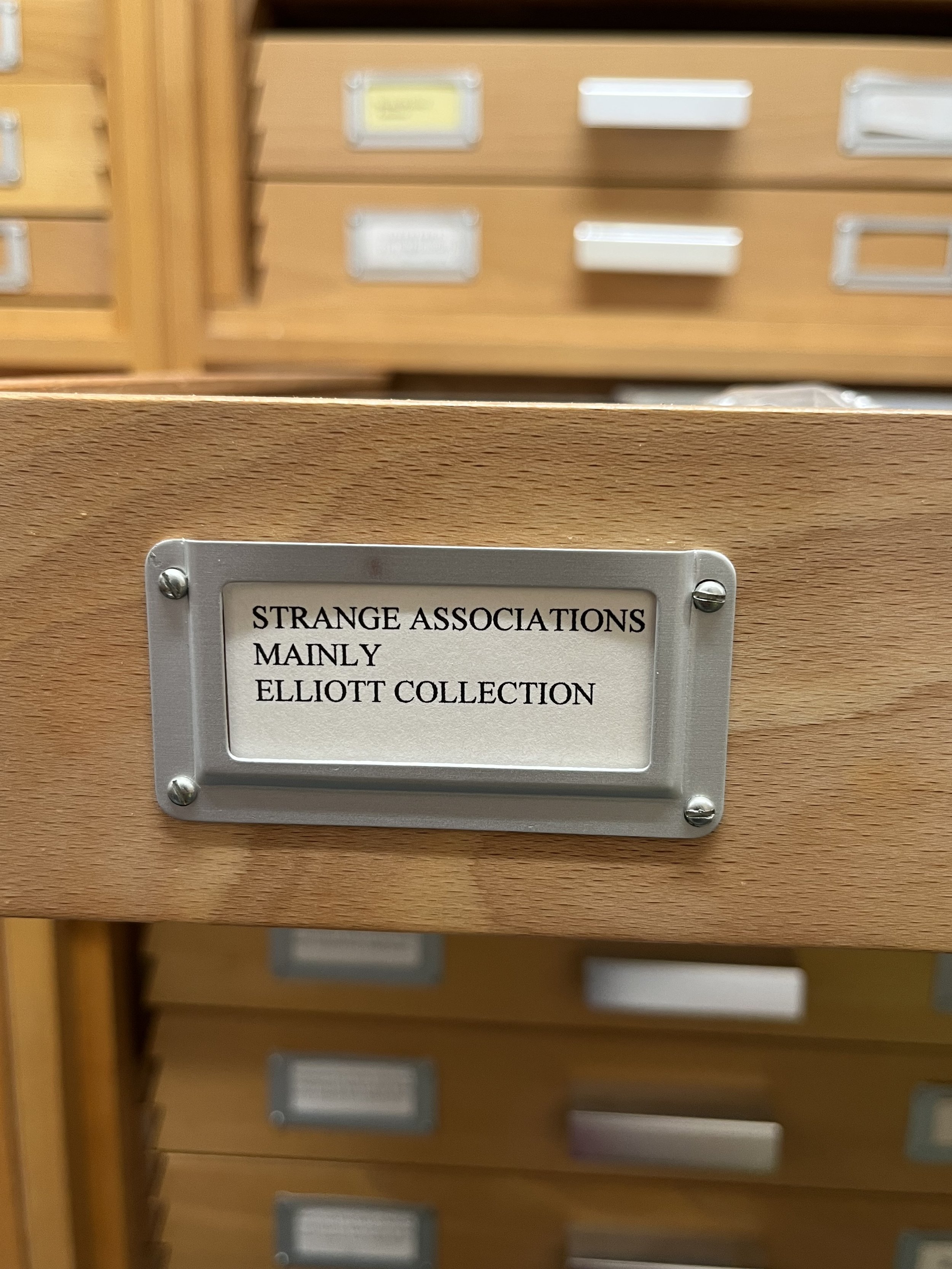
Research: Oxford University Museum of Natural History, Elliott collections, 2023
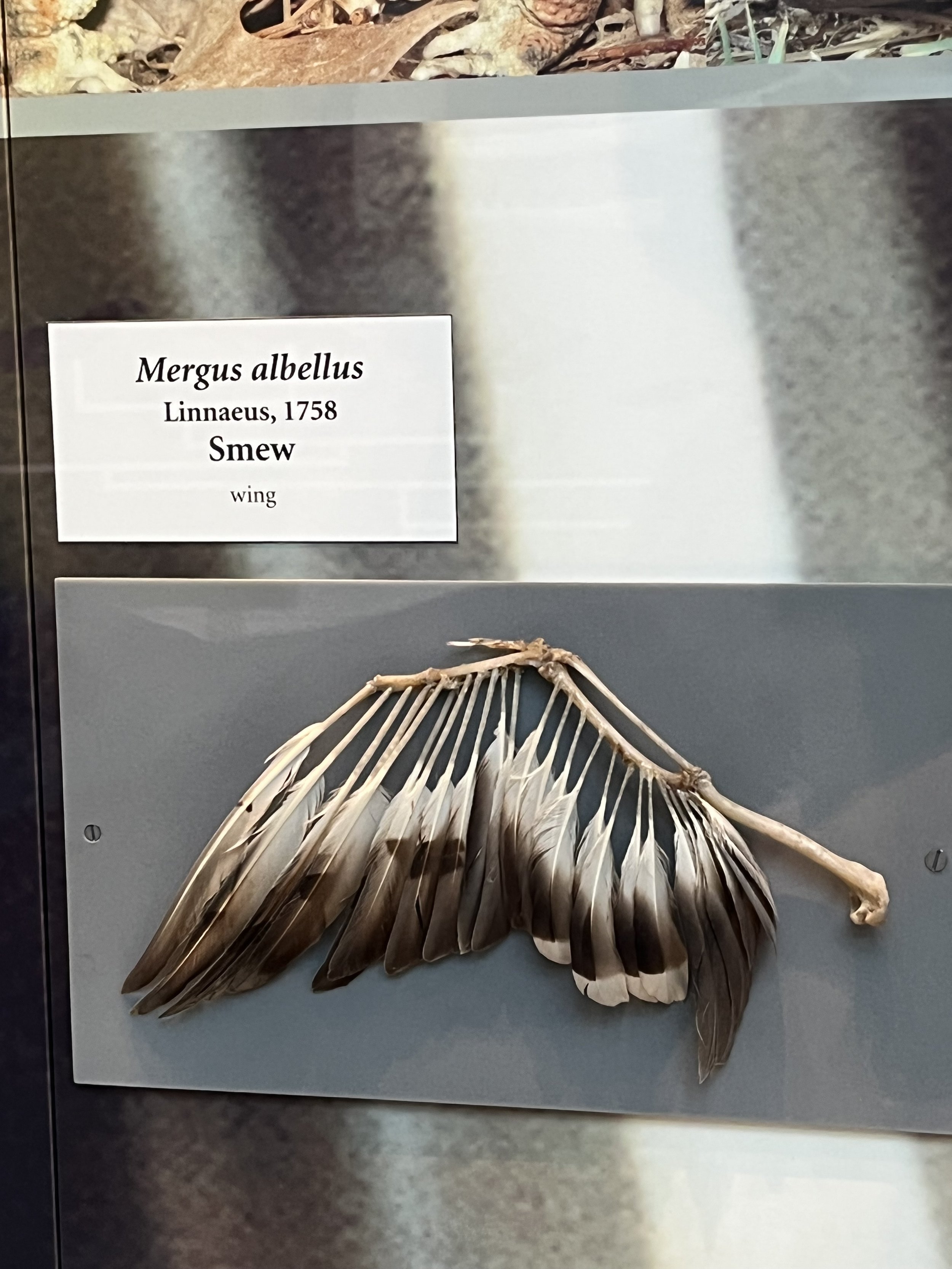
Research: Oxford University Museum of Natural History, Mergus albellus, Linnaeus, 1758, Smew (wing)
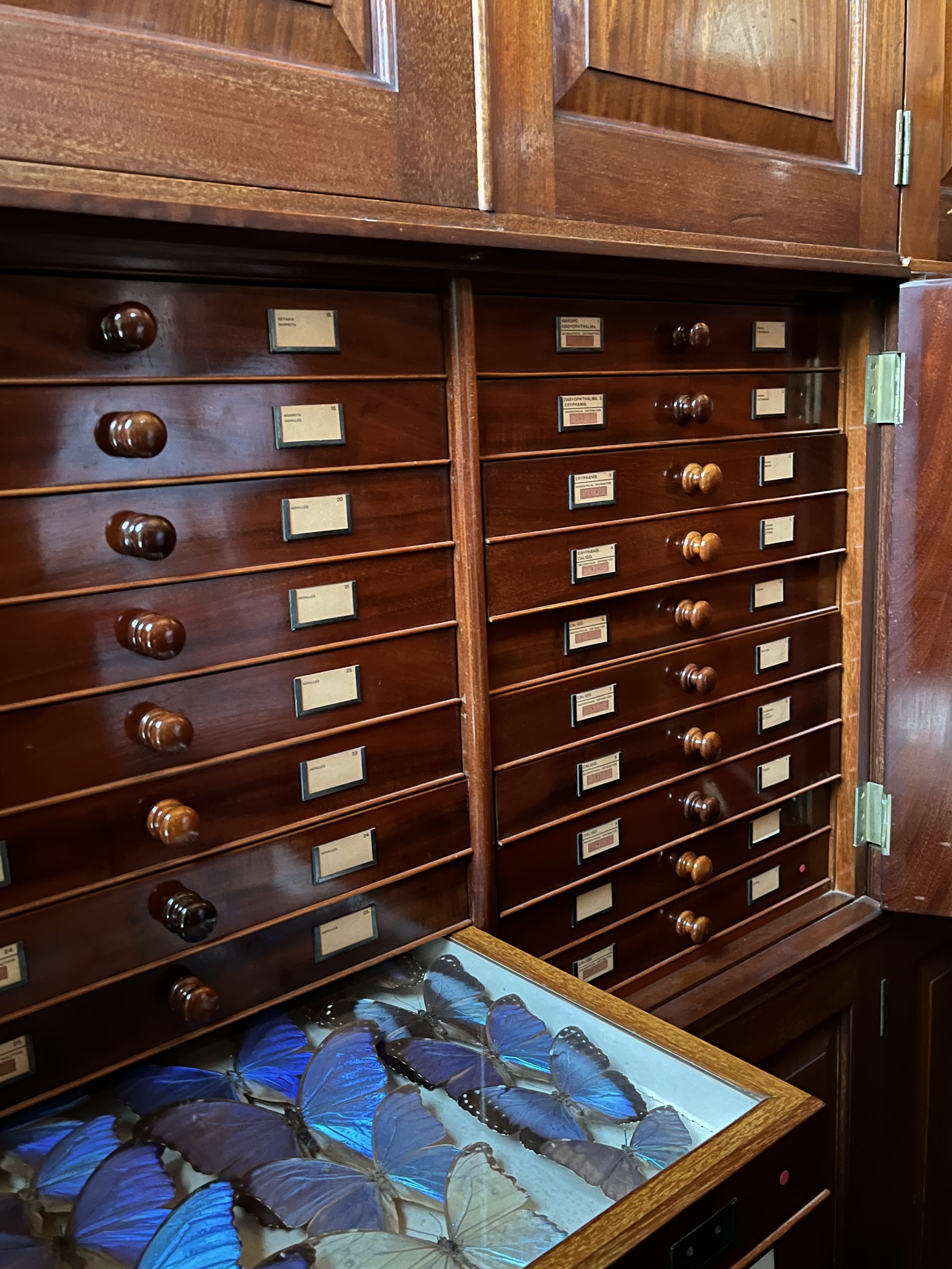
Research: Oxford University Museum of Natural History, Huxley Room, Entomology collections, 2023

Jacob nach Georg Hoefnagel Archetypa Studiaque Patris, 1592. Teil 2, Blatt 8

Research: Oxford University Museum of Natural History, Shell collection, 2023
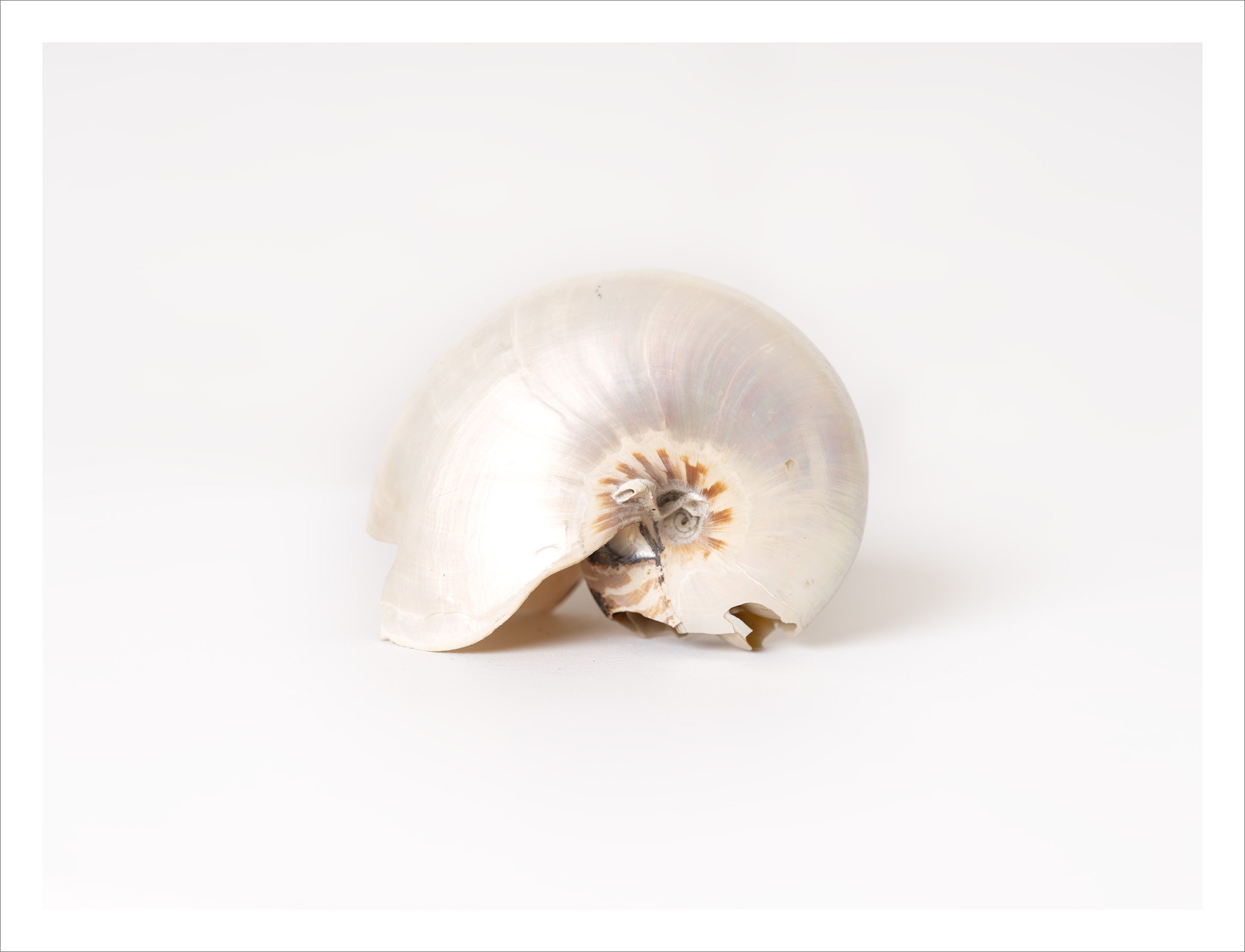
Bellybutton nautilus (Nautilus macromphalus) Broken and Partially-Polished shell, Courtesy of Oxford University Museum of Natural History (OUMNH-ZC-M001505), 2023

Thing Fifteen, 2024

Drawing of an Illustration in the 'Herbal of Benedetto Rin', showing a 'Porus' Plant. From the John Ruskin Collection. © Ashmolean Museum, University of Oxford (WA.RS.RUD.264)

Feather (Test Strip III) 2023

Feather (Test Strip IV) 2023

Jan van Kessel the Elder (1626-79) A Cockchafer, Beetle, Woodlice and other Insects, with a Sprig of Auricula, c.1650-3 © Ashmolean Museum, University of Oxford (WA1940.241)
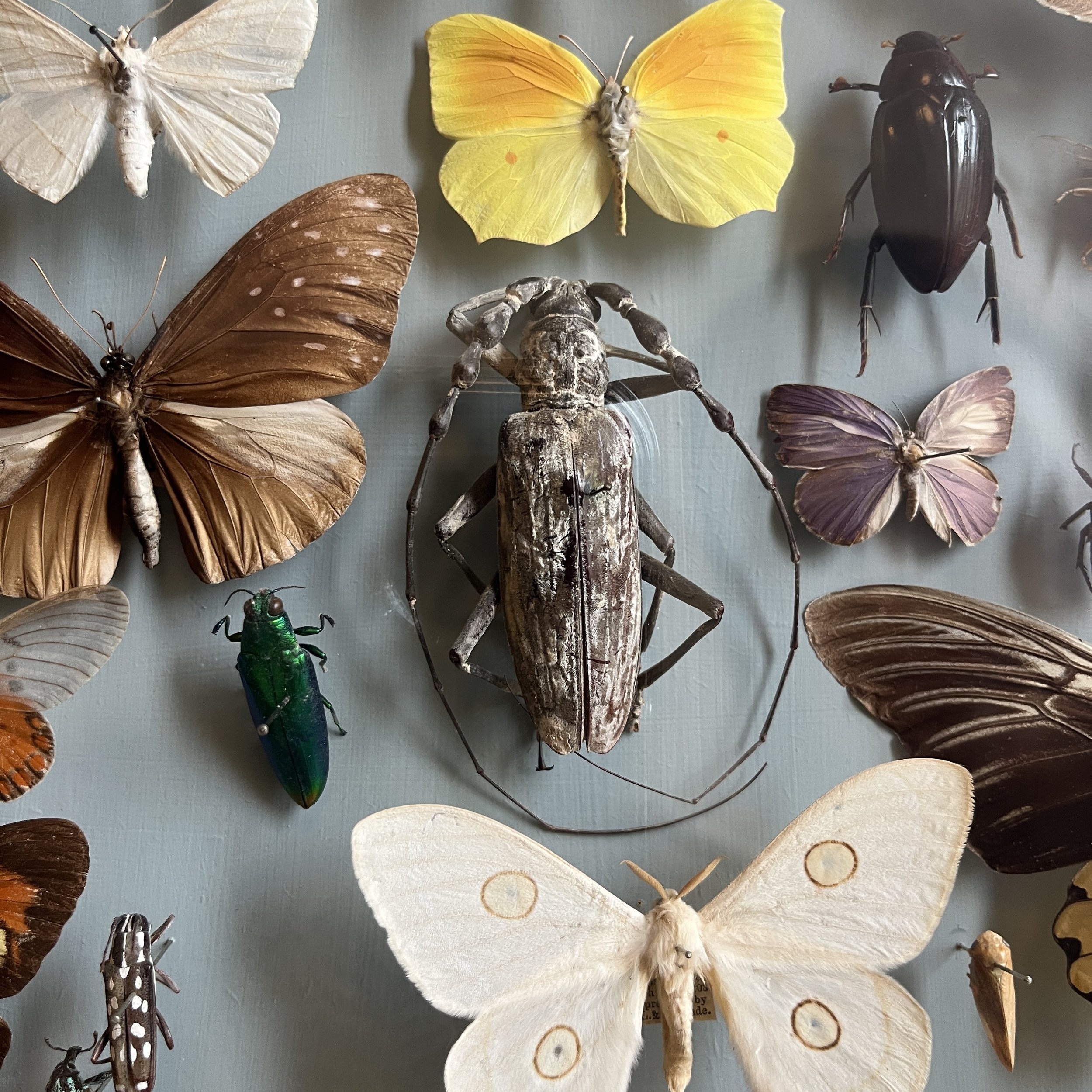
Research: Oxford University Museum of Natural History, Entomology display, 2023

Ashmolean NOW. Bettina von Zwehl. Exhibition Catalogue, 2024

Installation View (Detail); The Flood, Ashmolean Museum, 2024/25.

